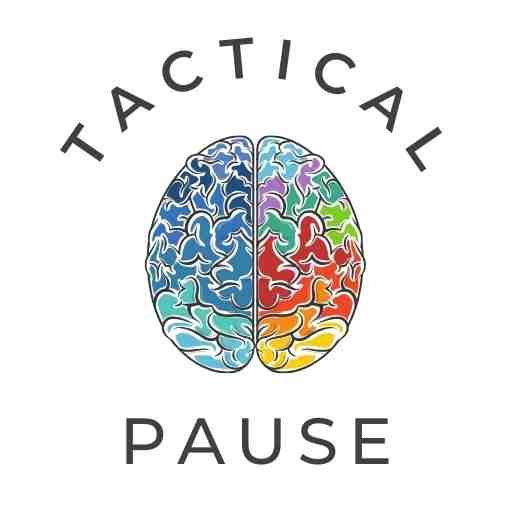Description
Kundalini Yoga is a dynamic form of yoga that combines postures (asanas), breath control (pranayama), chanting of mantras, and meditation to awaken the Kundalini energy believed to be coiled at the base of the spine. This practice aims to awaken this energy and draw it upwards through the seven chakras, promoting spiritual enlightenment and overall well-being. Kundalini Yoga is known for its focus on breath and the spiritual aspects of yoga, making it a holistic practice for the mind, body, and spirit.
Benefits
- Increases Awareness and Consciousness: Promotes spiritual growth and heightened self-awareness.
- Balances the Chakras: Helps align and balance the body’s energy centers.
- Reduces Stress and Anxiety: Calms the mind and reduces stress through deep breathing and meditation.
- Enhances Physical Fitness: Improves flexibility, strength, and endurance.
- Boosts Emotional Health: Helps in managing emotions and fostering a positive outlook.
- Improves Respiratory Function: Enhances lung capacity and respiratory health through controlled breathing techniques.
Steps
- Find a Quiet Space: Choose a calm environment where you won’t be disturbed. Use a yoga mat or soft surface.
- Warm-Up: Begin with gentle stretches to prepare your body. Examples include Cat-Cow Pose and spinal twists.
- Practice Basic Kundalini Poses and Kriyas:
- Breath of Fire (Agni-Pran): Sit comfortably with your spine straight. Inhale and exhale rapidly through your nose, pumping your navel with each breath. Continue for 1-3 minutes.
- Ego Eradicator: Sit cross-legged with your arms extended at a 60-degree angle, fingers curled into the palms with thumbs pointing up. Practice Breath of Fire for 1-3 minutes.
- Kirtan Kriya: Chant “Sa Ta Na Ma” while touching each fingertip to your thumb sequentially. Inhale deeply and exhale fully. Repeat for 3-11 minutes.
- Spinal Flex: Sit cross-legged and hold onto your shins. Inhale as you flex your spine forward and exhale as you flex it backward. Continue for 1-3 minutes.
- Meditation and Mantra: Close your eyes and focus on your breath. Chant a mantra like “Sat Nam” (truth is my identity) for a few minutes, synchronizing with your breath.
- Relaxation: End your practice with Savasana (Corpse Pose). Lie on your back with arms at your sides and legs relaxed. Close your eyes and focus on your breath, allowing your body to fully relax for 5-10 minutes.
Guided Class
Research
- The Benefits of Kundalini Yoga on Stress and Anxiety: This study explores the impact of Kundalini Yoga on mental health and stress reduction (Link to Study).
- Kundalini Yoga for Cognitive Function and Emotional Stability: Research discussing how Kundalini Yoga can improve cognitive function and emotional health (Link to Study).
Important Note
Kundalini Yoga is generally safe for most individuals, but it can be intense. It is advisable to practice under the guidance of an experienced instructor, especially if you are new to yoga or have any medical conditions. Always practice in a safe and comfortable environment to maximize the benefits.
The wellness exercises and content provided on this website are for informational purposes only and are not a substitute for professional medical advice, diagnosis, or treatment. Always consult a healthcare professional before beginning any new exercise regimen, and never engage in these practices in environments where loss of consciousness could lead to injury. Tactical Pause is not liable for any harm or injury resulting from the use of information provided herein.
